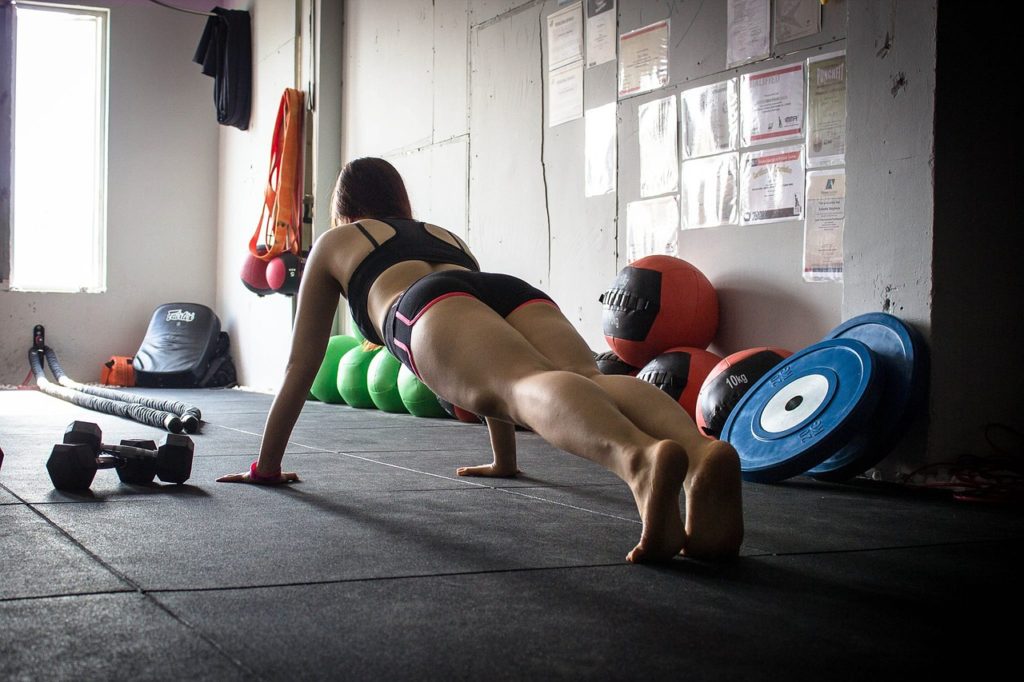It’s an off day from the gym for me today, and on off days, I get a little stir-crazy. You can probably tell from some of the other articles I’ve written about how to get stronger away from the gym! I think it’s a pretty common issue, really: anyone who loves to train, and train hard, is going to want to do so as often as possible.
But “as often as possible” isn’t really all that often, at least not when it comes to heavy strength training. Gains are made outside of the gym, when your body has time to rest and relax and recover from the stress you placed on it. Here’s a video that explains in more detail what’s going on:
If you’re a pretty chill person, and can easily relax on your scheduled off days, that’s great. But if you’re like me, and you get bored on off days, there are some alternatives. Cardio is a popular choice for “active rest,” but let’s be honest: cardio can be just as boring as doing nothing. Stretching and mobility work are also commonly-offered options for off days, but I don’t think they’re all that effective for helping to make you stronger.
So how can you get stronger on your off days, and still stay mentally fresh? To answer that, let’s start by taking a deeper look at the goals of a day off from the gym.
Goals for Off Days
Above all else, remember that your top priority for an off day is to recover from the training you completed so that you can give 100% effort at your next session. If your off day activities detract from your ability to do so, then they’re counterproductive — so you need to tread lightly here.
Of course, that doesn’t mean you need to be a couch potato. Doing some light, refreshing activity on your off days can help to reduce soreness, mental fatigue, improve metabolism and energy levels — which is, of course, exactly what we’re looking for. Here are some high-level examples of the sort of activity I’m referring to:
Types of Active Rest
- You can train with weights, but with greatly reduced volume and intensity (similar to a deload).
- You can engage in some type of cross-training. Because lifting is an anaerobic activity that places a fairly significant strain on the joints, you’ll typically be looking for some low-impact aerobic activity here.
- If you have any aches and pains, then “prehab” or rehab exercises definitely make for an effective rest day — but don’t confuse these with general mobility work.
I already addressed cross-training for powerlifting in my article about cardio, so I won’t rehash that here. But what about the first option? If you’re lifting weights, are you really taking a day off? Well, maybe. It’s possible to use circuits, high reps, and other innovative strategies (for example, a stability training) to achieve the goal of a rest day without staying out of the gym completely.

Programs for “Off Days”
I’ve already written about how “extra” workouts can be a great way to bring up weaknesses. They can also help to improve recovery and build work capacity without creating fatigue, but that can be a little more difficult to program. My recommendations:
- Make sure these sessions target muscles you trained in a heavy session within the past 24-hours to help alleviate the most soreness and have the least overlap with future training heavy sessions.
- Stick to isolation movements or bodyweight movements. If you use barbells or dumbbells, limit the load to about 30% of your maximum.
- Move quickly. Keep the heart rate elevated.
- Incorporate conditioning, but don’t overdo it. A few minutes of steady-state cardio, sled dragging, battle ropes, or the like is perfect — half an hour might be too much.
Sample “Rest Day” Workouts
After a Heavy Squat or Deadlift Day
- 2 trips sled drag with a light weight, going backwards on the return trip; followed by 5 sets of 10 on the reverse hyperextension; ab work; and finish with a 10 minute cooldown on the elliptical.
After a Heavy Bench Day
- 2 trips of sled pulls as a warmup; followed by 100 pushups; rotator cuff work (L-flyes, YTWL, and wall angels); ab work; and a 10 minute cooldown of walking on an incline treadmill.
For a Deload Week
- A total-body session for use during a deload: 2 sets of 25 bench press using the Bamboo bar; 2 sets of 20 on walking lunges with light kettlebells; 5 sets of chins with no weight; and ab work.
None of these sample sessions should prove challenging, but they should get you up, moving around, and feeling loose and refreshed for your next training session! What do you do on your off days? Share in the comments below!